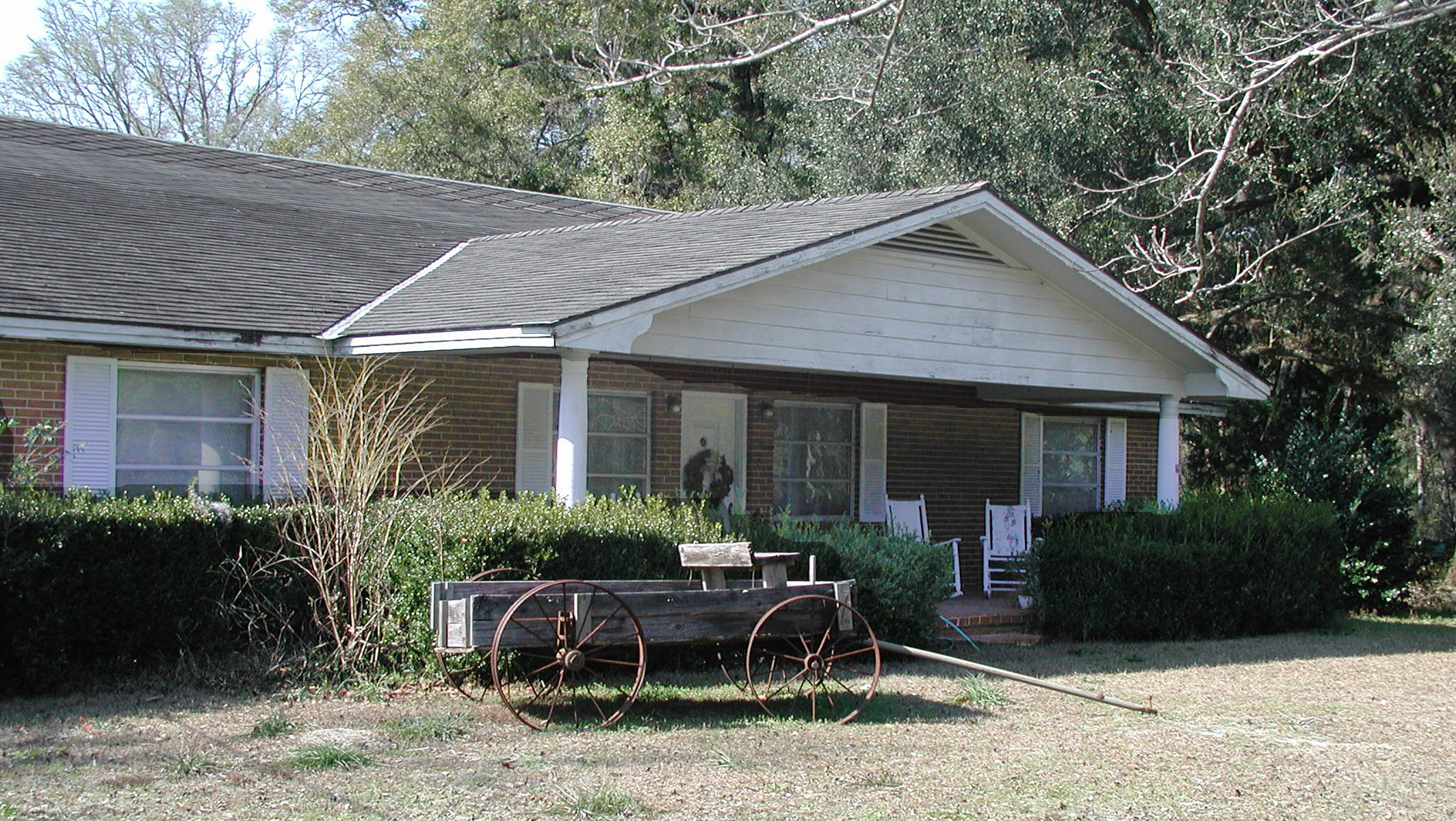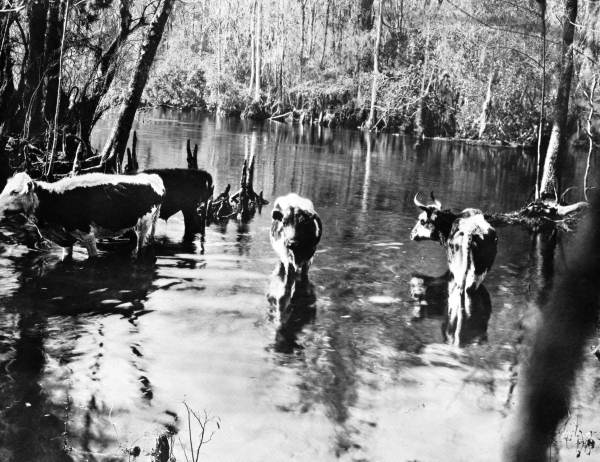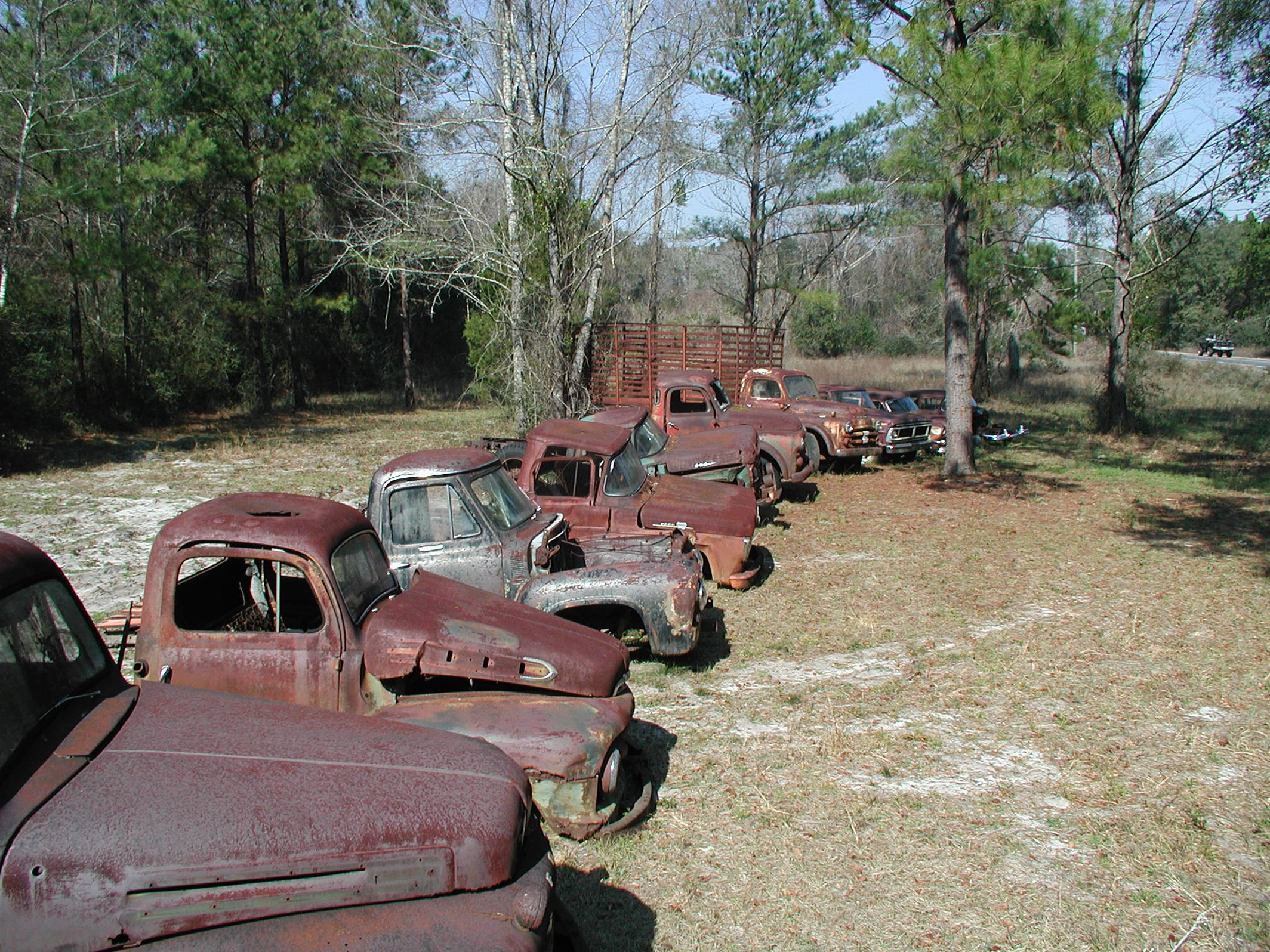|
Regional History History of Timbering County Histories Oral Histories Calhoun County Gulf County Jackson County Wakulla County Mary Butera Betty Green Homer Harvey Eloise Strickland Emmett Whaley |
Voices from Wakulla County:
Homer Harvey
 Picture of Homer Harvey's residence |
 Homer Harvey |
Homer Harvey was born in Arran, Florida, on June 15, 1916, just a few miles from the present-day city of Crawfordville in Wakulla County. Not much is left of Arran anymore, except the namesake Crawfordville-Arran Highway and a few photographs. His father was also a seine fisherman, farmer, and cattleman. Homer picked up his father's agricultural vocation full-time after graduating high school.
While Homer Harvey plowed the fields with mules and horses during the day, he became a self-taught mechanic and electrician at night. He eventually became a contractor and supervised the construction of numerous Wakulla County homes and a local grocery store that is now the Crawfordville Public Library. Homer describes himself as a Jack-of-all-Trades. He also built the house in which some family members still reside.
The Harvey crops were primarily corn, peanuts, and cane while the livestock consisted of a mix of Black Angus, Cracker cattle, and hogs. Most of the crops were kept on the farm as feed for the animals. Any surplus produce was sold and shipped via train or truck to Thomasville along with the hogs and cattle. The Harvey land, some easily seen from Crawfordville Highway, is now a planted pine forest, but for more than six decades it was a working farm. When asked to recall the most personal significant changes in area farming over the past seven or eight decades, Homer Harvey identifies the restrictions placed on free-range cattle by the barbed-wire fence.
 Free-range cattle at Wakulla Springs, Credit: Florida Photographic Collection |
In addition to crops and livestock, the Harvey farmland was also the site of a productive syrup-making business. Sugarcane was ground into syrup at the rate of six hundred gallons per day.
Listen to Homer Harvey describe syrup making: Real Network | Windows Media PlayerThe Harveys had to rent land from the government to sustain their extensive livestock; however, being an efficient farmer and cattleman rather inadvertently spared Homer from being drafted into World War II. A lieutenant bought some of Homer's cattle and was so impressed with the size and quality of the lineage that he convinced the army Homer could provide a better wartime service as cattle rancher than solider.
Listen to Homer Harvey describe his war service during World War II: Real Network | Windows Media PlayerHomer Harvey's cows and hogs were well fed. They mostly received farm crops, but Homer Harvey recalls sometimes feeding them shrimp. His father' seine fishing was intended to catch mullet, which were in high demand, but the numerous shrimp caught in the nets had little significant market value at the time and so they were scooped up and fed to the hogs and cattle. Little wonder the lieutenant found the Harvey livestock so robust.
The 88-year old just laughed when asked what he did for fun or recreation, although he conceded he did frequent some jook joints along the Ochlockonee River. He was still patching roofs, climbing scaffolding, and farming until he was 85.
Homer Harvey is the man behind one of Crawfordville's area icons. Just a few miles past the courthouse is a line of a dozen or so old Ford and Dodge trucks dating back to the 1930s. The trucks were used to transport cattle, feed, and equipment for the farming business, or lumber and tools for the construction business. They represent the life and times of Crawfordville's Homer Harvey.
Listen to Homer Harvey describe how his auto collection evolved: Real Network | Windows Media Player
 Homer Harvey's trucks in 2005 |
profile by Rebecca L. Roberts
Note: The content of the website has not been updated since 2005. The site remains online for it's value as legacy content and is unlikely to be updated.